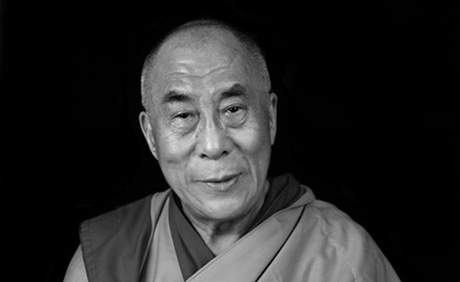A Dalai Lama Portrait
The Dalai Lama has always been known as much more than simply the head-of-state of the Tibetan government.
Overview
The Dalai Lama, the exiled Tibetan leader, announced his retirement from his political role in March. He didn't tape a goodbye show, like Oprah, so the announcement was duly recorded but largely ignored by the media. Given that the Dalai Lama is a spiritual leader as well as a figure of some political controversy, this may not reflect particularly well on the priorities of modern journalism. However, the Dalai Lama has always been known as much more than simply the head-of-state of the Tibetan government.
To his admirers, he is an icon of endurance; a spiritual guru, a figure of serenity. To his detractors, he is an anachronism; a ditherer, “not the brightest bulb in the room”. Despite his persistent attempts to renounce his political functions in order to pave the way for a new generation of political leaders, he has become such a popular - some might say populist - figure that no one else could slip easily into his sandals. As a South African official once lamented, "To say anything against the Dalai Lama is equivalent to trying to shoot Bambi”, or switching off a certain goodbye special. Like Oprah, he is known for the pinpoint accuracy of his perceptions about people and politics; he may relinquish his power, but not his influence.
To honour his upcoming visit to Australia, Customs House is mounting a series of large scale black and white portraits of the Dalai Lama taken by Victorian photographer David Roberts in 2007. This means that Sydney-siders will have an opportunity to sit for a moment with the meditative man, and study his portrait for traces of his spiritual magnetism.
Image: David Roberts, 2007





